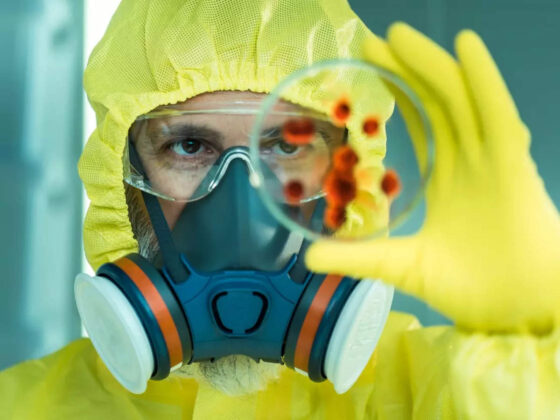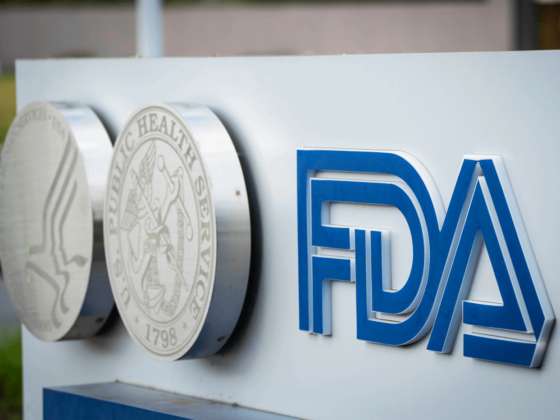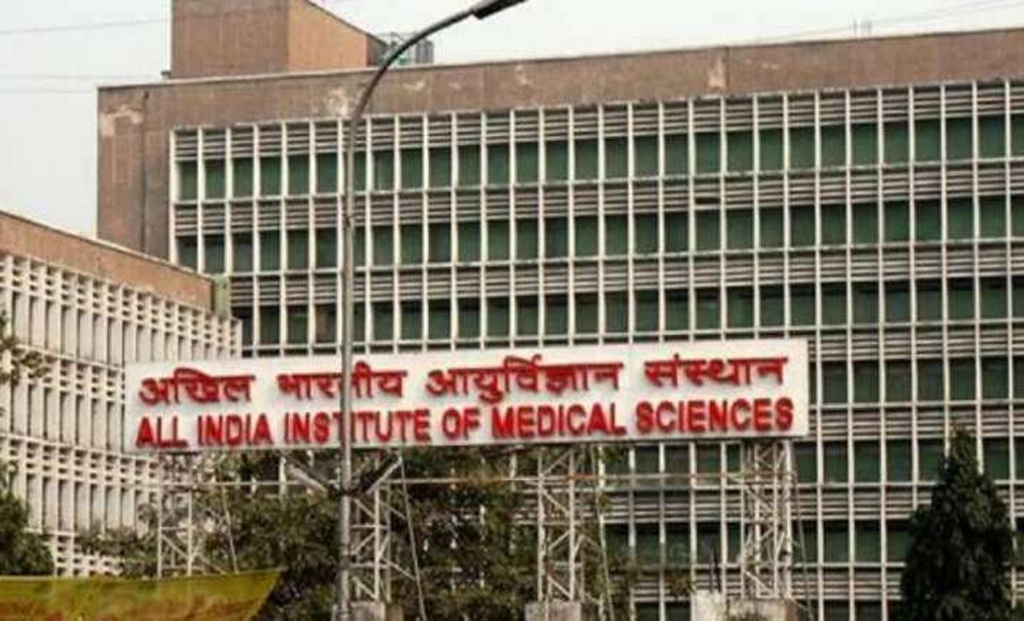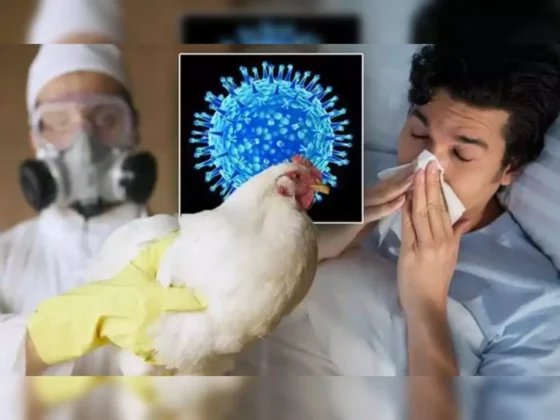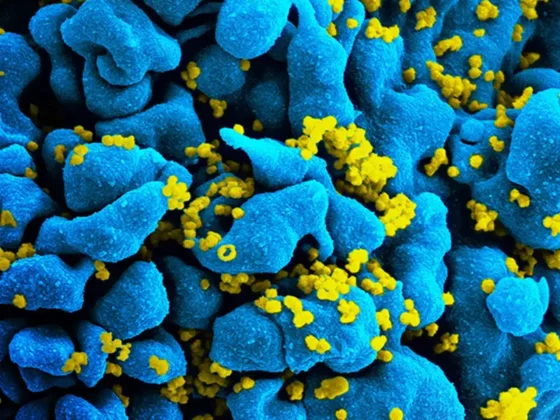Scientists have developed a new detection method for Covid-19 that can produce results in one second using saliva samples.
The new rapid test has been described in the Journal of Vacuum Science & Technology B. RT-PCR or reverse transcription polymerase chain reaction has been the gold standard, so far. However, this test takes time. It could few hours or even few days depending on where the samples will be sent for testing.
In the present method, the technician needs to amplify the number of viral biomarkers, such as the copies of its genetic material.
Scientists have discovered another way to amplify the binding signal for a target biomarker.
“The new test could alleviate slow COVID-19 testing turnaround time issues,” said Minghan Xian, an author and a chemical engineering doctoral candidate at the University of Florida.
“Our biosensor strip is similar to commercially available glucose test strips in shape, with a small microfluidic channel at the tip to introduce our test fluid,” said Xian.
The microfluidic channel has a few electrodes exposed to the saliva samples. One is coated with gold, and COVID-relevant antibodies are attached to the gold surface through a chemical method.
During measurement, sensor strips are connected to a circuit board via a connector. Then, a short electrical current gets sent between the gold electrode bonded with Covid antibody and the second electrode. This signal is then returned to the circuit board for analysis.
“Our sensor system, a circuit board, uses a transistor to amplify the electrical signal, which then gets converted into a number on the screen,” said Xian.
“The magnitude of this number depends on the concentration of antigen, the viral protein, present within our test solution,” the researcher said.
Talking about the sustainability of the testing method, the scientists claim that while the system’s sensor strips must be discarded after use, the test circuit board is reusable.
“By altering the type of antibodies attached to the gold surface, we can repurpose the system to detect other diseases,” said Xian.




